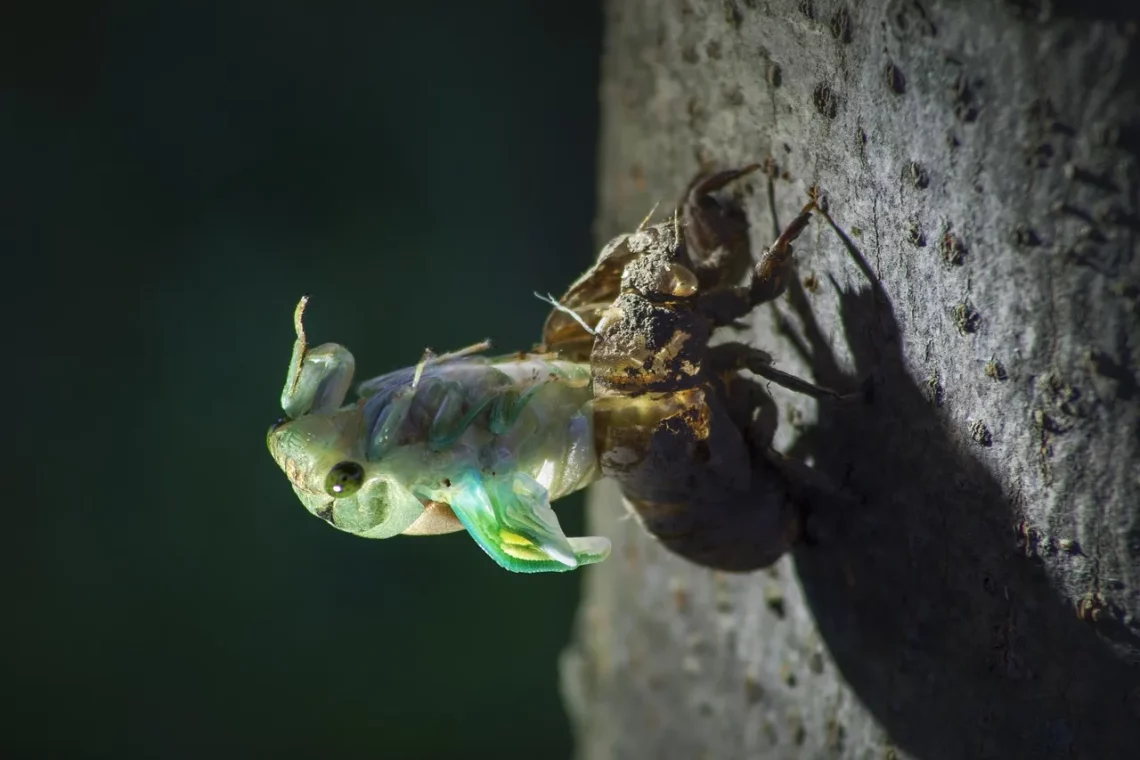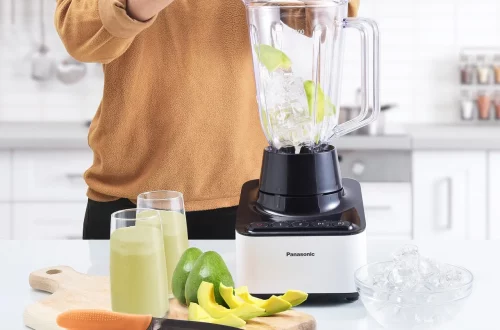
Effective Mite Killer Solutions for a Healthier Home Environment
Creating a healthy home environment is essential for overall well-being, yet many homeowners overlook a common intruder: mites. These microscopic creatures can thrive in various areas of your home, including carpets, bedding, and upholstered furniture. While they may be too small to see with the naked eye, their presence can lead to various health issues, particularly for those with allergies or asthma. Mites thrive in warm, humid conditions, making homes a perfect habitat for them.
Understanding the impact of mites on your living space is crucial. They can provoke allergic reactions and respiratory problems, affecting your quality of life. Therefore, it’s vital to be proactive in managing and eliminating these pests. Fortunately, effective mite killer solutions are available that can help you reclaim your home and ensure a healthier living environment for you and your family. By employing a combination of preventive measures and targeted treatments, you can significantly reduce mite populations and minimize their impact on your health.
In this article, we will explore several effective strategies for controlling and eliminating mites, focusing on both natural and chemical solutions. With the right approach, you can enjoy a cleaner, healthier home free from the negative effects of these tiny pests.
Understanding Mite Infestations
Mite infestations can occur in various forms, with the most common types being dust mites, mold mites, and bird mites. Dust mites are particularly notorious as they feed on dead skin cells shed by people and pets. They thrive in bedding, carpets, and soft furnishings, where they can easily go unnoticed. Mold mites, on the other hand, are often found in damp areas where mold is present, feeding on the mold itself. Bird mites are typically associated with birds and can invade homes when birds nest in or around eaves, attics, or other sheltered areas.
Recognizing the signs of a mite infestation is crucial for effective control. Common symptoms include sneezing, coughing, itchy or watery eyes, and skin irritations. If you or your loved ones experience these symptoms, particularly during specific seasons or after cleaning, it may be time to investigate the presence of mites in your home.
Preventive measures are essential in controlling mite populations. Regular cleaning practices, such as vacuuming carpets and washing bedding in hot water, can help reduce the number of mites significantly. Using allergen-proof covers on pillows and mattresses also provides a barrier against dust mites. Additionally, maintaining low humidity levels in your home—ideally between 30% and 50%—can create an inhospitable environment for these pests.
If you suspect a more significant infestation, it may be necessary to take more drastic measures. There are various treatments available, from natural solutions to chemical options, each with its advantages and disadvantages. Understanding these options will empower you to make informed decisions on the best course of action for your home.
Natural Solutions for Mite Control
For those who prefer a more eco-friendly approach, natural solutions for controlling mites can be highly effective. Essential oils, such as tea tree oil, eucalyptus oil, and lavender oil, possess natural insecticidal properties that can help eliminate mites. These oils can be diluted with water and sprayed onto infested areas, such as bedding, carpets, and upholstery. Not only do they help in controlling mite populations, but they also leave a pleasant fragrance in your home.
Another natural solution involves the use of diatomaceous earth, a powder made from the fossilized remains of tiny aquatic organisms. This substance is safe for humans and pets but deadly to mites. When sprinkled in areas where mites are suspected, diatomaceous earth works by dehydrating these pests, ultimately leading to their demise. It’s essential to ensure that the powder is food-grade quality to avoid any harmful effects.
Regularly washing bedding and curtains in hot water is also a powerful natural method. The high temperatures kill dust mites and help eliminate their food source. Additionally, using a steam cleaner on carpets and upholstery can penetrate deep into fibers, effectively killing mites and their eggs.
Another preventative measure is to incorporate air purifiers with HEPA filters in your home. These devices can trap dust mites and other allergens, improving the overall air quality. By combining these natural solutions, you can create a comprehensive mite management strategy that is both effective and environmentally friendly.
Chemical Treatments for Mite Elimination
While natural solutions can be effective, some situations may call for chemical treatments to achieve more immediate results. Various commercial products are available specifically designed to target mites, including sprays, powders, and foggers. These products often contain pesticides that are effective against mites but should be used with caution.
When considering chemical treatments, it is crucial to follow the manufacturer’s instructions carefully. Ensure that the product is safe for indoor use and suitable for the specific type of mite you are targeting. Always ventilate the area well during and after application to minimize exposure to harmful chemicals.
One of the most common chemical treatments is the use of insecticides specifically formulated for dust mites. These products can be sprayed onto surfaces where mites are likely to inhabit, such as carpets, upholstered furniture, and bedding. They work by disrupting the mite’s nervous system, leading to their elimination.
Another option is to use residual pesticides, which remain effective for an extended period after application. These products can be applied to areas where mites are known to thrive, offering longer-lasting protection against reinfestation. However, it’s important to consider potential health risks, especially for those with respiratory issues or sensitivities.
Additionally, professional pest control services can provide targeted treatments for severe infestations. These experts have access to specialized equipment and products, ensuring that the infestation is addressed effectively and safely. While this option may be more costly, it can save you time and effort in dealing with a persistent mite problem.
Long-Term Prevention Strategies
Once you have successfully eliminated mites from your home, the next step is to implement long-term prevention strategies to keep them from returning. Consistent cleaning practices are key to maintaining a mite-free environment. Regular vacuuming with a vacuum cleaner equipped with a HEPA filter can help capture dust mites and their droppings. Focus on high-traffic areas, carpets, and upholstered furniture to minimize their presence.
Another effective strategy is to reduce humidity levels in your home. Mites thrive in humid conditions, so using dehumidifiers in damp areas—such as basements or bathrooms—can make your home less hospitable to them. Aim to keep humidity levels between 30% and 50% to create an environment that discourages mite growth.
Consider investing in allergen-proof mattress and pillow covers that can significantly reduce exposure to dust mites. These covers create a barrier that prevents mites from penetrating your bedding, making it more difficult for them to thrive.
Regularly washing bedding, curtains, and any fabric items in hot water is also essential. Aim to wash these items at least once every two weeks to eliminate any mites that may have settled in.
Finally, maintaining a clutter-free home can help reduce the number of hiding spots for mites. Decluttering your living space not only makes it easier to clean but also minimizes the areas where mites can thrive. By adopting these long-term prevention strategies, you can enjoy a healthier home environment and reduce the risk of future mite infestations.
**Disclaimer:** This article is for informational purposes only and does not constitute medical advice. For any health-related concerns or issues, it is essential to consult your healthcare provider.




